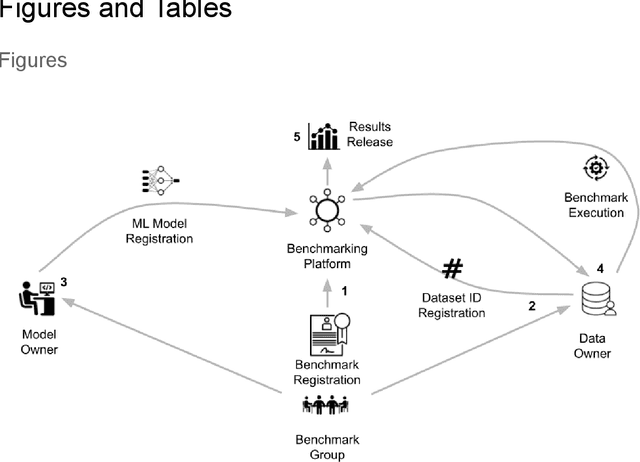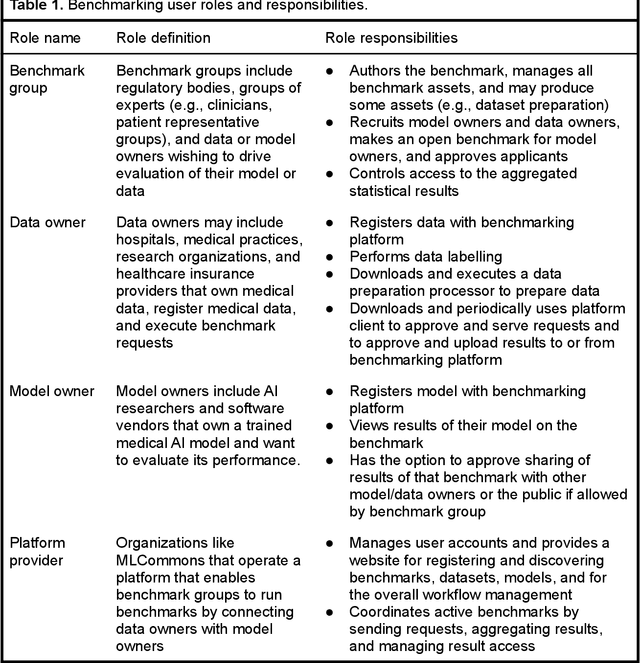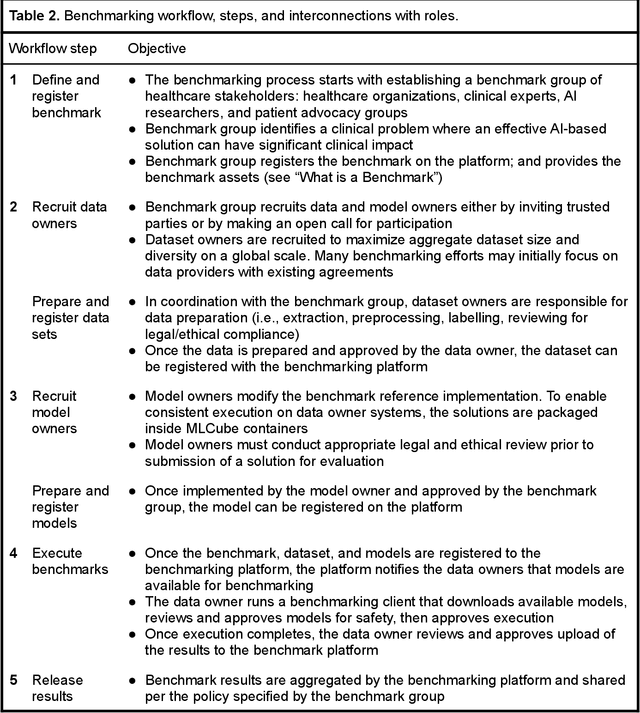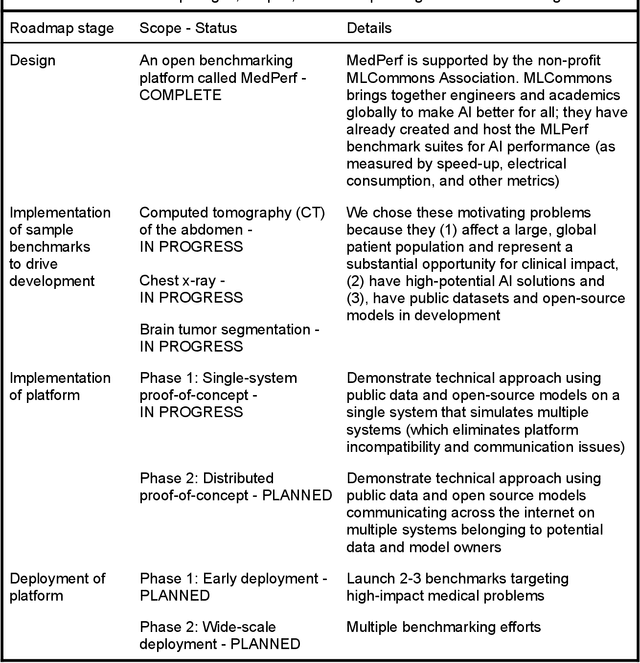Renato Umeton
Multiplex Imaging Analysis in Pathology: a Comprehensive Review on Analytical Approaches and Digital Toolkits
Nov 01, 2024



Abstract:Conventional histopathology has long been essential for disease diagnosis, relying on visual inspection of tissue sections. Immunohistochemistry aids in detecting specific biomarkers but is limited by its single-marker approach, restricting its ability to capture the full tissue environment. The advent of multiplexed imaging technologies, like multiplexed immunofluorescence and spatial transcriptomics, allows for simultaneous visualization of multiple biomarkers in a single section, enhancing morphological data with molecular and spatial information. This provides a more comprehensive view of the tissue microenvironment, cellular interactions, and disease mechanisms - crucial for understanding disease progression, prognosis, and treatment response. However, the extensive data from multiplexed imaging necessitates sophisticated computational methods for preprocessing, segmentation, feature extraction, and spatial analysis. These tools are vital for managing large, multidimensional datasets, converting raw imaging data into actionable insights. By automating labor-intensive tasks and enhancing reproducibility and accuracy, computational tools are pivotal in diagnostics and research. This review explores the current landscape of multiplexed imaging in pathology, detailing workflows and key technologies like PathML, an AI-powered platform that streamlines image analysis, making complex dataset interpretation accessible for clinical and research settings.
MedPerf: Open Benchmarking Platform for Medical Artificial Intelligence using Federated Evaluation
Oct 08, 2021



Abstract:Medical AI has tremendous potential to advance healthcare by supporting the evidence-based practice of medicine, personalizing patient treatment, reducing costs, and improving provider and patient experience. We argue that unlocking this potential requires a systematic way to measure the performance of medical AI models on large-scale heterogeneous data. To meet this need, we are building MedPerf, an open framework for benchmarking machine learning in the medical domain. MedPerf will enable federated evaluation in which models are securely distributed to different facilities for evaluation, thereby empowering healthcare organizations to assess and verify the performance of AI models in an efficient and human-supervised process, while prioritizing privacy. We describe the current challenges healthcare and AI communities face, the need for an open platform, the design philosophy of MedPerf, its current implementation status, and our roadmap. We call for researchers and organizations to join us in creating the MedPerf open benchmarking platform.
 Add to Chrome
Add to Chrome Add to Firefox
Add to Firefox Add to Edge
Add to Edge